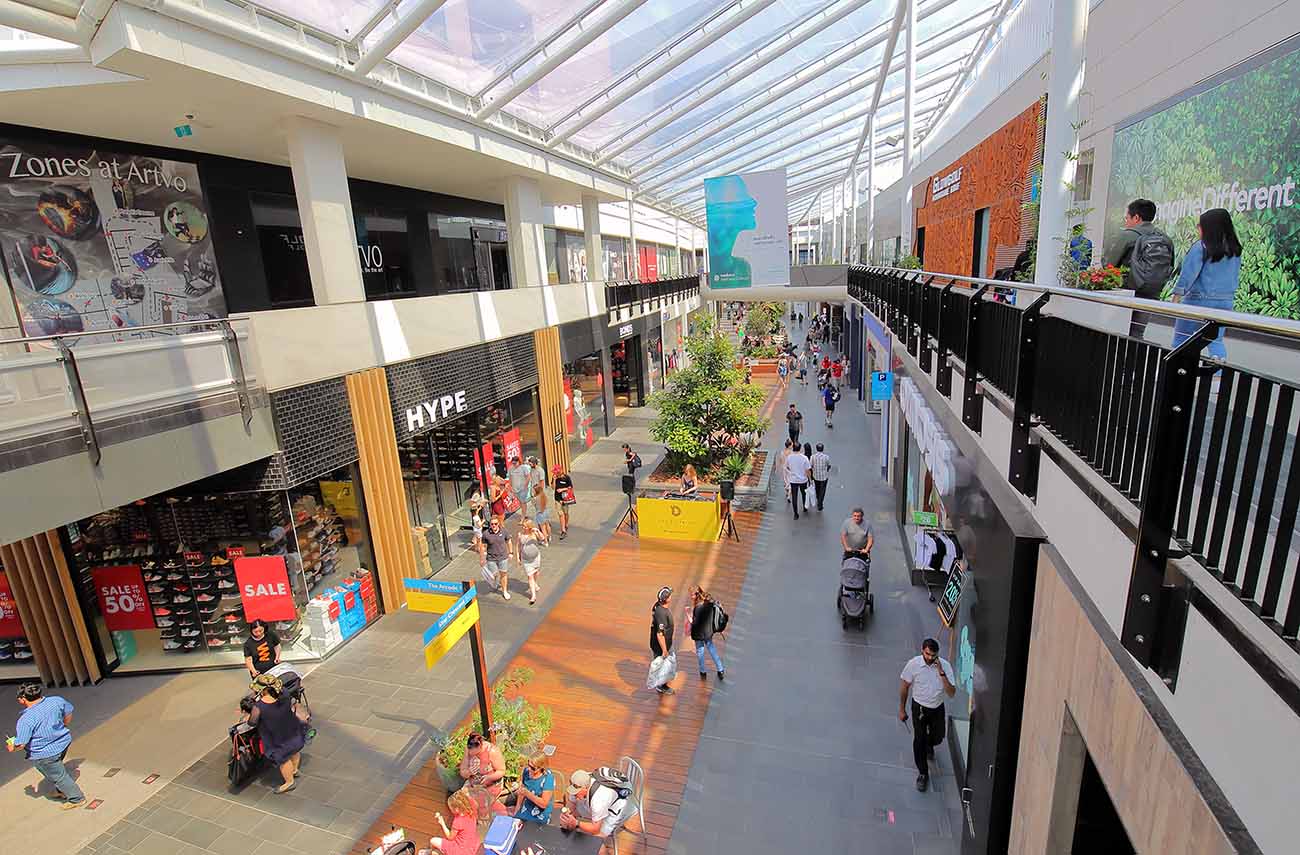Hotels, shopping centres, data centres, offices under 1000 square metres, and public hospitals will have to publicly disclose how energy efficient they are before 2030, if the Federal Government goes ahead with proposed changes to its national energy rating program for commercial buildings.
The Assistant Minister for Climate Change and Energy, Senator Jenny McAllister, has opened consultations to expand the Commercial Building Disclosure (CBD) program, which aims to improve the energy efficiency of Australia’s large office buildings.
Currently the CBD program only applies to office buildings of 1000 square metres or more.
“The CBD program has a proven record helping commercial buildings cut their emissions and energy use,” Senator Jenny McAllister, Assistant Minister for Climate Change and Energy told a built environment conference in Sydney.
The Government is also considering whether to expand the program to include other high energy using buildings such as higher education, supermarkets, private hospitals, medical centres, galleries and sport facilities, by 2035.
Buildings are a major energy consumer and account for about 20% of Australia’s energy use. The commercial building sector is responsible for around 9% of Australia’s total greenhouse gas emissions.
For all buildings that fall under the CBD program, it is mandatory for owners and lessors to obtain and disclose a Building Energy Efficiency Certificate when they sell, lease or sublease a commercial space.
Buildings are given a rating from one to six stars based on the actual energy consumption of the building over a 12-month period, including electricity, gas and any other fuels used for heating, cooling and lighting, along with the buildings’ greenhouse gas emissions.
The Energy Efficiency Council (EEC) has welcomed the Government’s proposal to expand the CBD program, which uses a world leading energy rating scheme, the National Australian Built Environment Rating System (NABERS). The scheme has been replicated in other jurisdictions, particularly in Europe.
EEC CEO Luke Menzel said the changes are a game changer for decarbonising commercial buildings.
“When it comes to decarbonising commercial buildings, NABERS is one of the most powerful tools in the toolbox,” says Menzel. “It gives investors, building owners, facility managers and tenants the information they need to compare themselves to their peers.”
Energy efficient buildings have been shown to reduce the running costs for owners and tenants, and increase the likelihood tenants will renew their leases.
The EEC estimates that buildings which began disclosing their energy performance under the CBD program in 2012 have cut their energy use by an average of 42%.
“Energy performance can reduce emissions, improve the comfort for building tenants, and help save on energy costs,” Senator McAllister said.
A review conducted by the Centre for International Economics in 2019, found the CBD Program has delivered $83 million in energy bill savings between 2010 and 2019, equating to around 3PJ of energy savings.
Consultations on the expansion of the Commercial Building Disclosure program will take place until Friday 13 September.
Anne Delaney is the host of the SwitchedOn podcast and our Electrification Editor, She has had a successful career in journalism (the ABC and SBS), as a documentary film maker, and as an artist and sculptor.
This post was published on June 14, 2024 8:29 am

